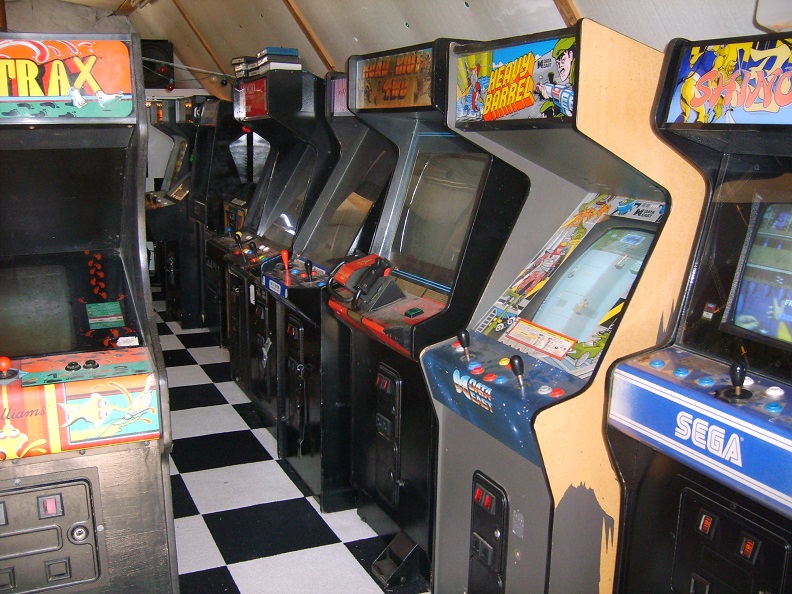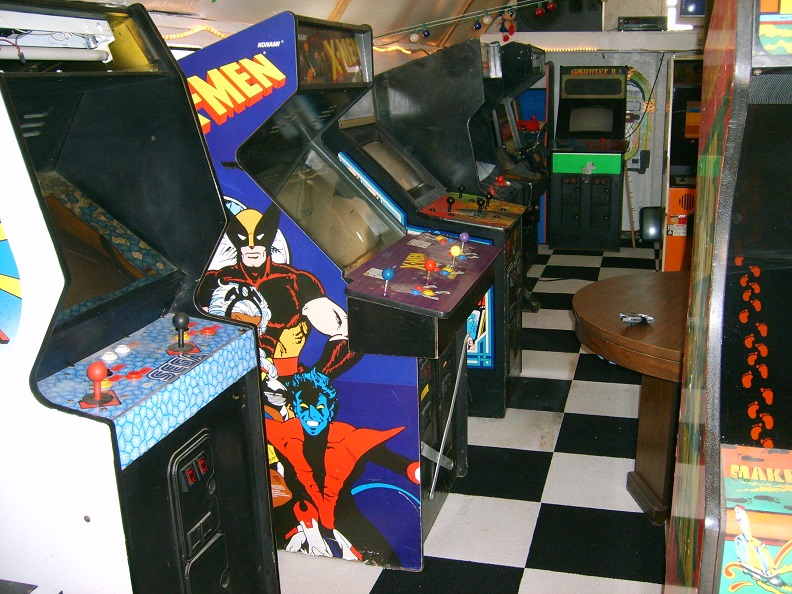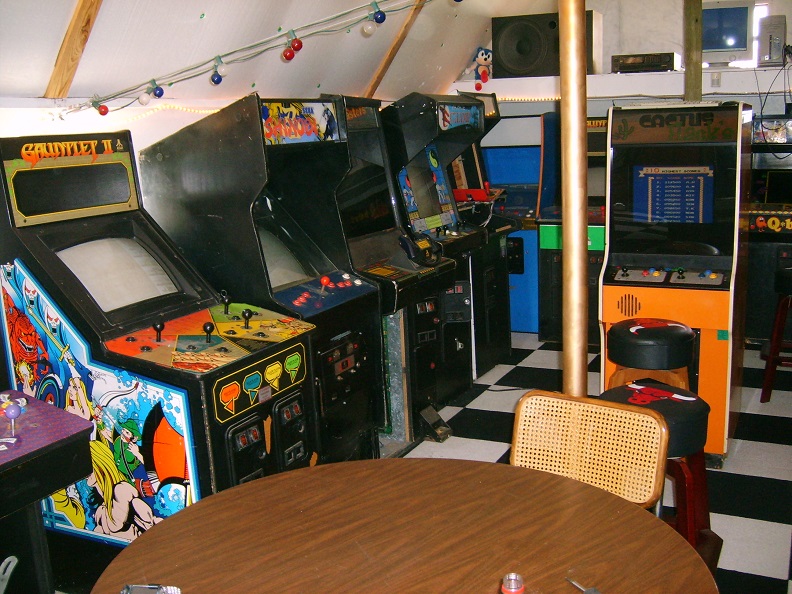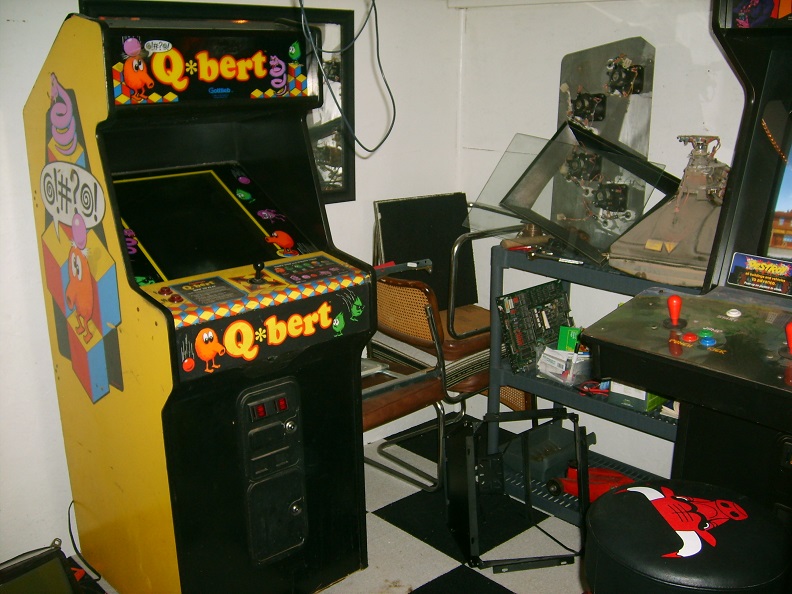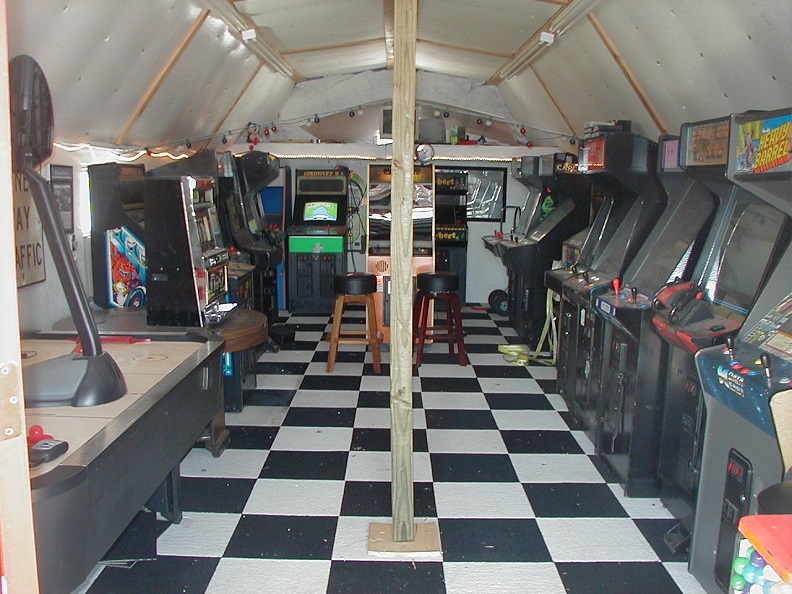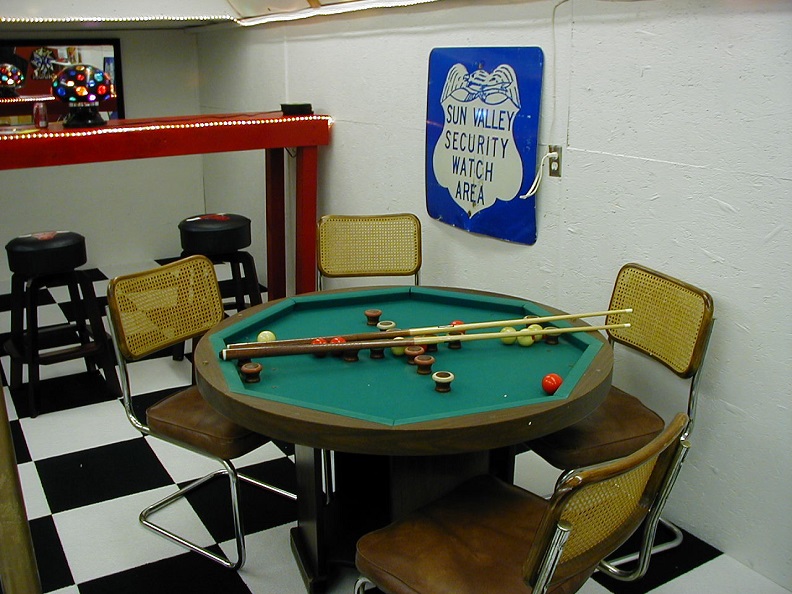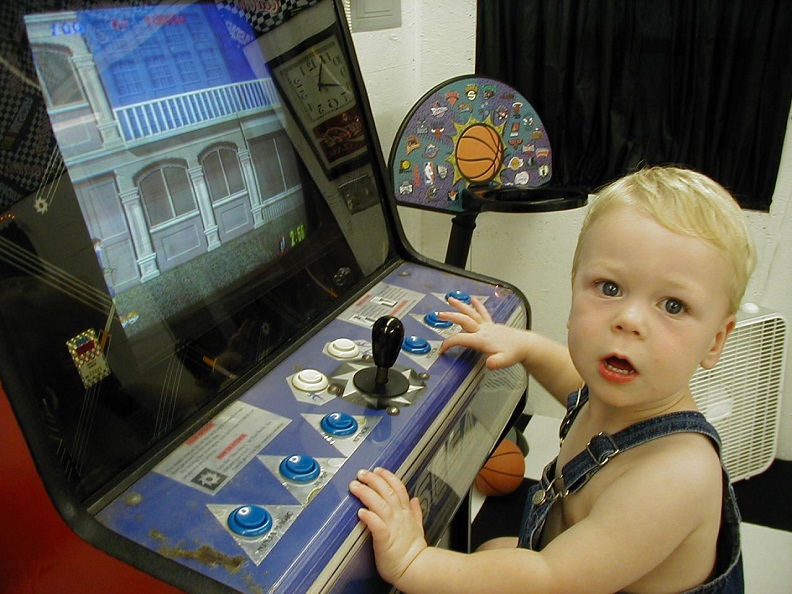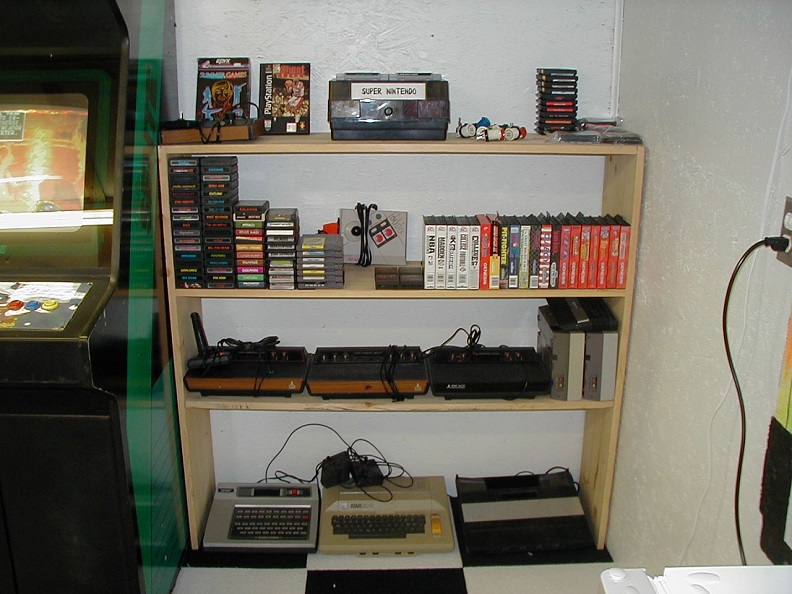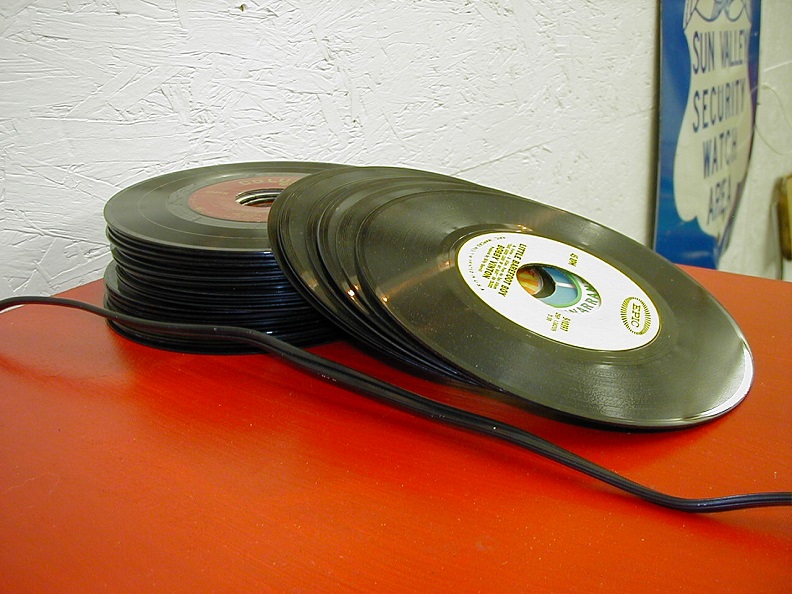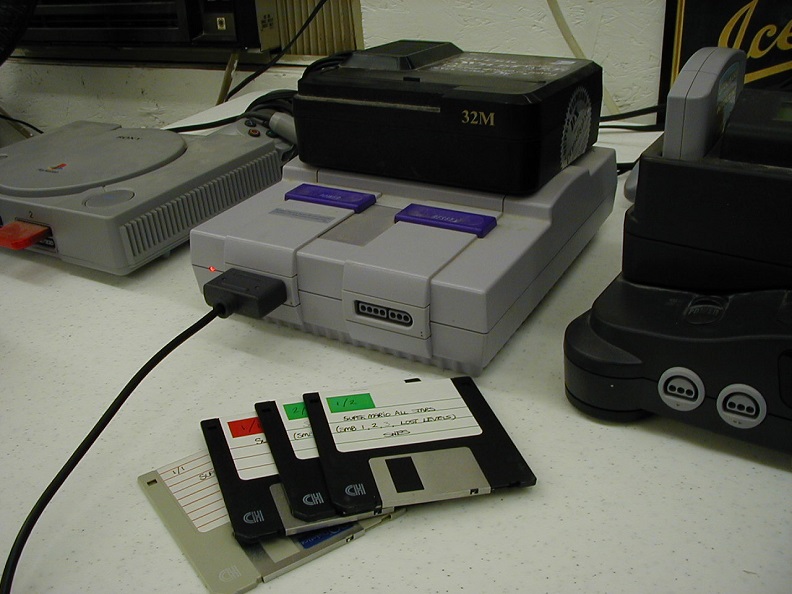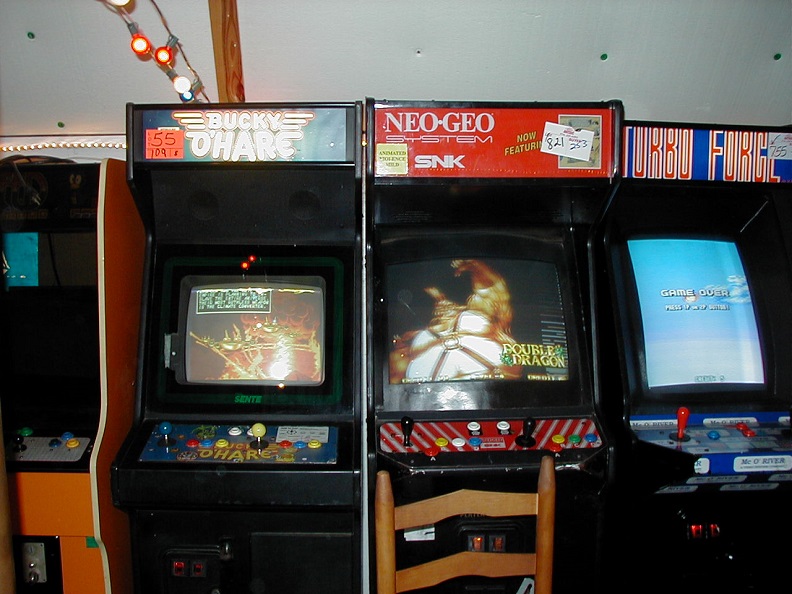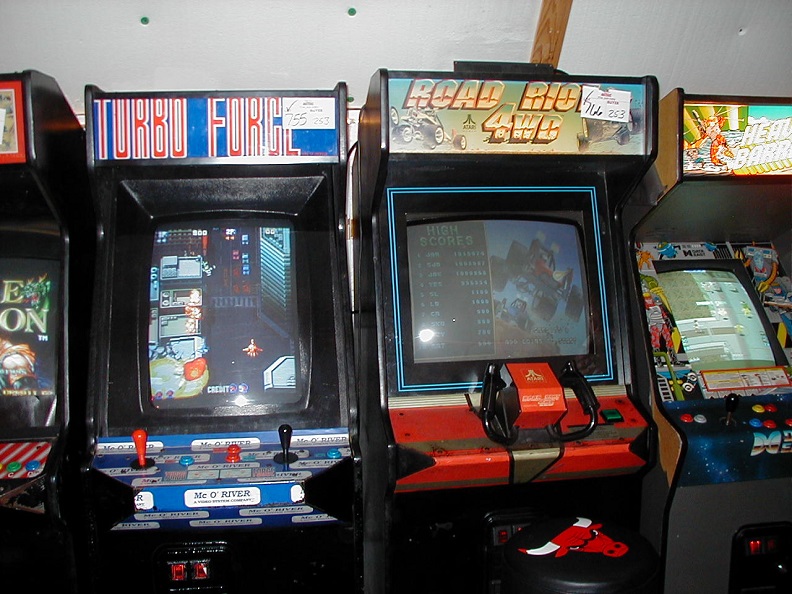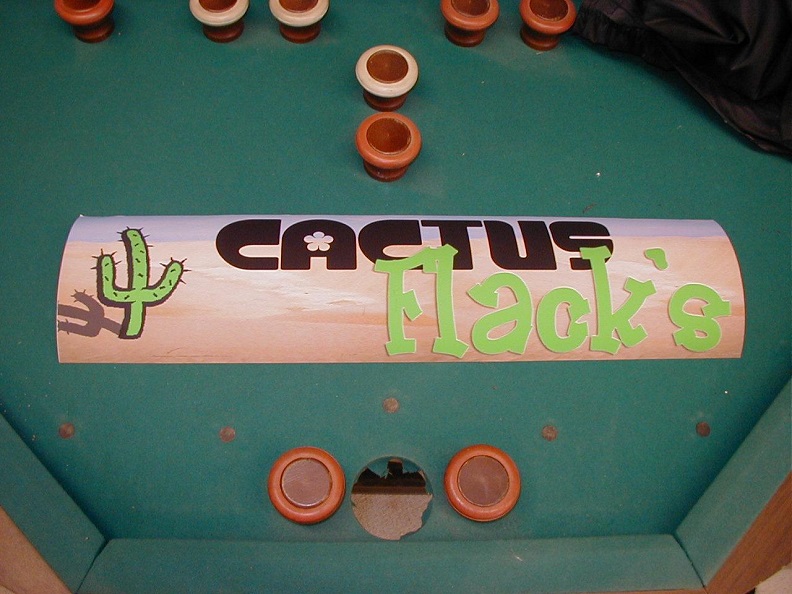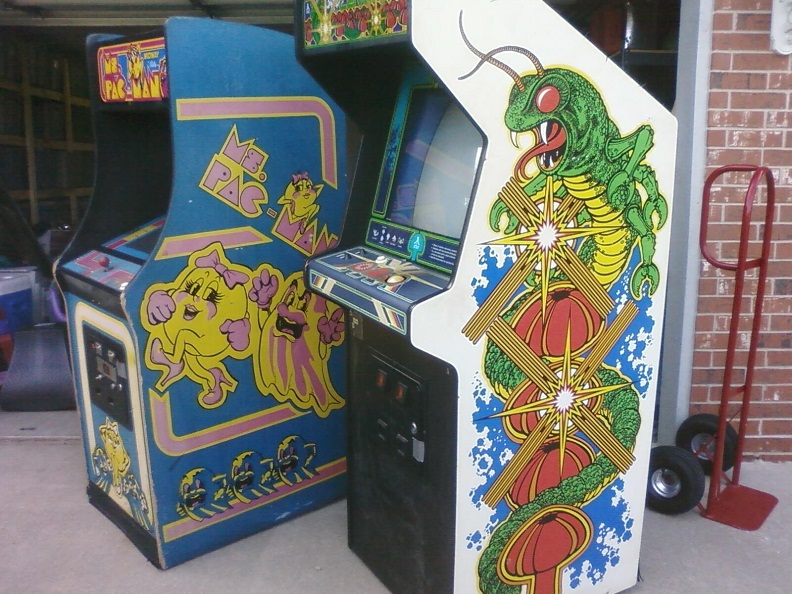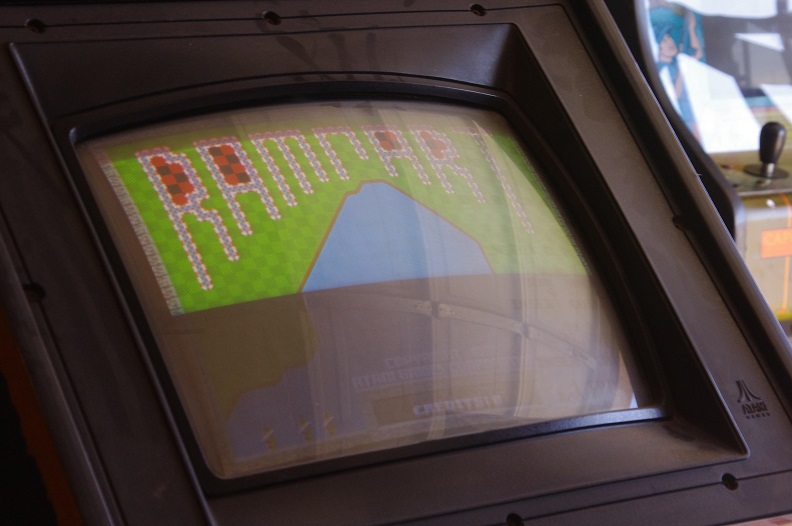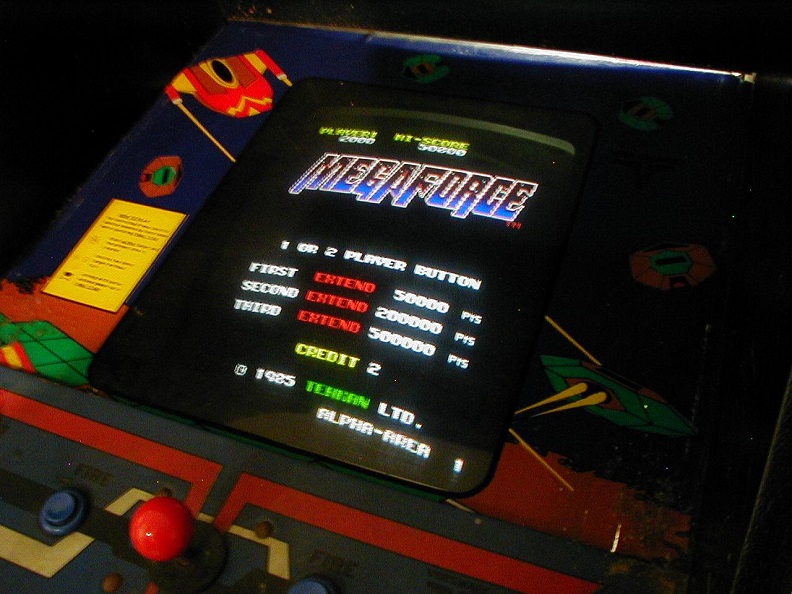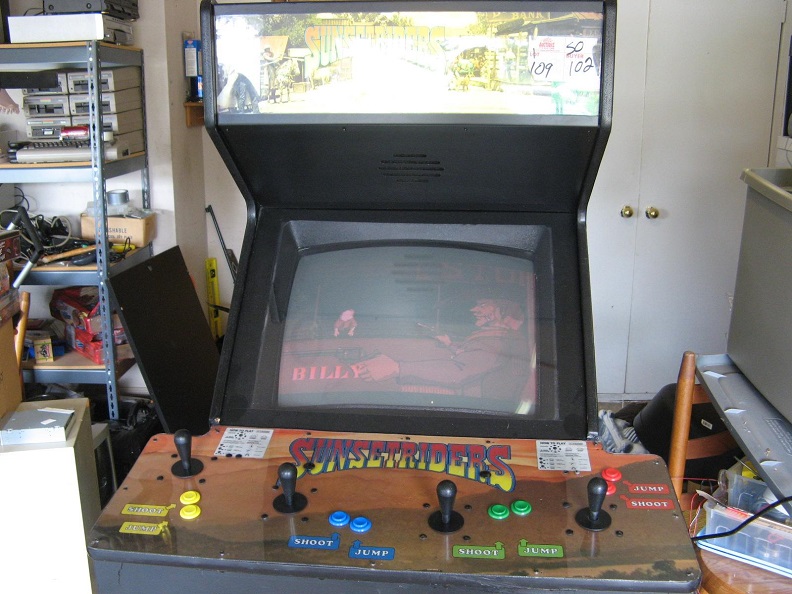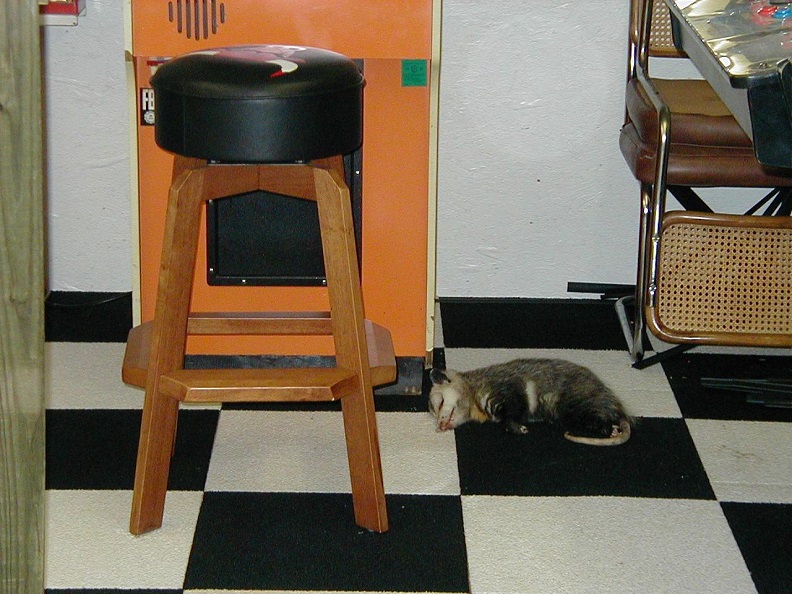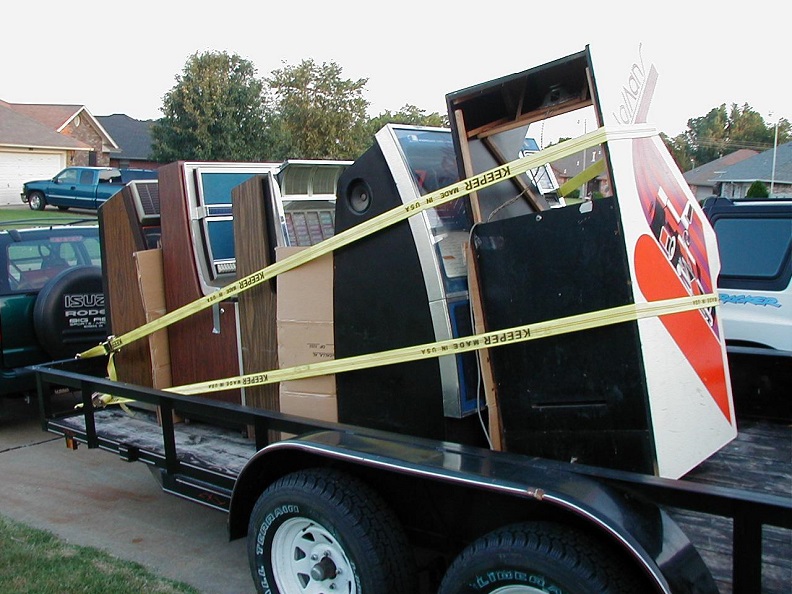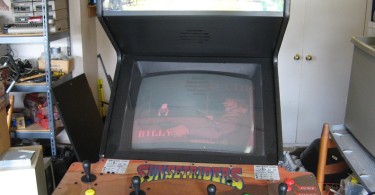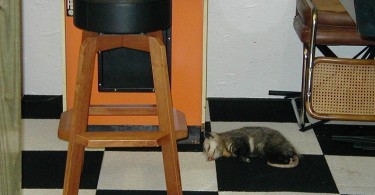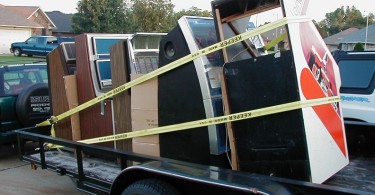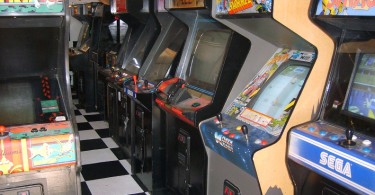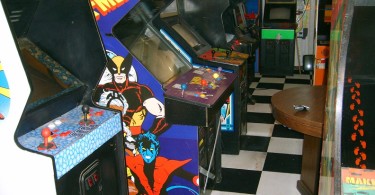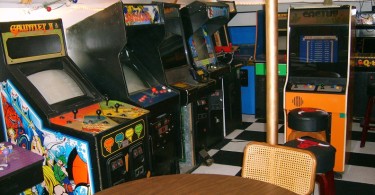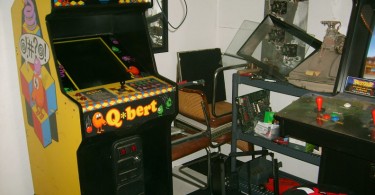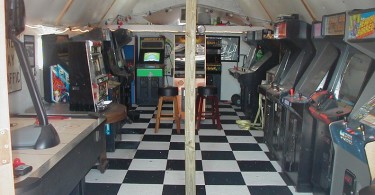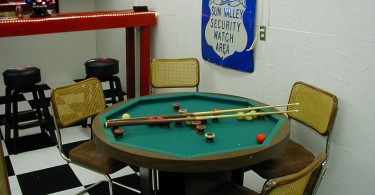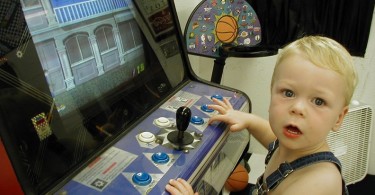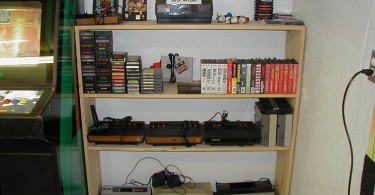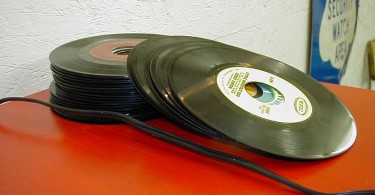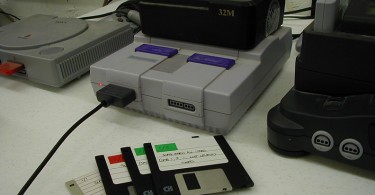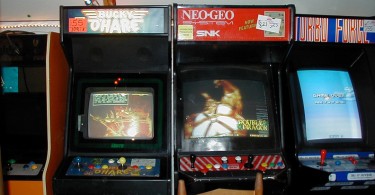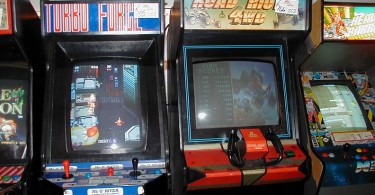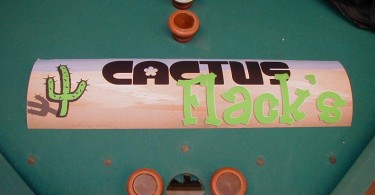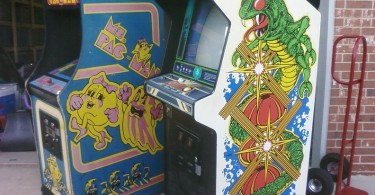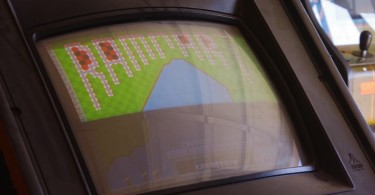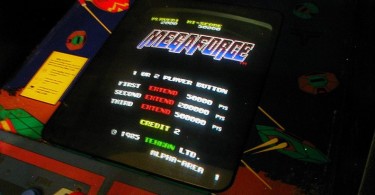O’Hara would go on to write his first text, Commodork, in the mid-2000s as a memory loss repellant. After passing down stories to several younger convention attendees, the soon-to-be author quickly realized he was passing down these “sordid tales” inaccurately, so he began work on what was originally titled the Jack Flack Manifesto. Ultimately, and through the power of self-publishing, O’Hara’s piece eventually saw light in 2006.
“The main reason I wrote Commodork was to capture those stories and memories I may have lost,” O’Hara said. “Sometimes, when I go back and skim a chapter, I read about things I have since forgotten. I didn’t think anyone would be interested in reading it, but fortunately I was wrong.”
Afterward, O’Hara’s work took a more contemporary shift, as he focused on a hobby he would eventually grow renowned for: collecting arcade cabinets. The book in question, Invading Spaces, developed as a bit of an obvious choice, considering the writer was in the midst of curating his own thousand-pound library.
“Whenever people found out I had a collection they would tend to ask me similar questions,” O’Hara said. “I had already been considering putting up a website with all of this information, but instead I decided to put it all in a book and publish it.”
The curse of the internet runs deep in this topic, and the text lacked a consistent focus when all was said and done.
“It’s part reference manual and part memoir — a combination that didn’t go over very well,” O’Hara said. “And just because I didn’t put the information up on the internet doesn’t mean a thousand other people didn’t.”
Similarly, the process of handling arcade machines, though rewarding, isn’t particularly easy. Though receiving the space of his 500 square-foot arcade was a hell of an instigator, managing the damn thing, as well as later selling the devices, proved to be a “monumental pain in the ass.”
“Although you wouldn’t think so, what I found was that arcade cabinets are pretty fragile,” O’Hara said. “More than once, I broke games simply by moving them. Even more frustrating were the games that simply stopped working on their own. There’s a reason most arcades had and have a full-time technician.”
O’Hara found an unparalleled fascination with his hobby. Unfortunately, reality sets in at some point. And when it does, it does so mercilessly.
“I love arcade games. I love everything about them: the feel, the look. Heck, even the smell,” O’Hara said. “But, as I mention in Invading Spaces, you either need to learn how to repair arcade games, be prepared to hire people to do so, or sit back and enjoy your collection of broken games. When you have a single cabinet that needs a little paint, that’s easy enough to manage. When you have 30 arcade machines and half of them have technical issues, it’s hard to prioritize. Keeping them running started to feel more like a job than a hobby.”
Finally, after moving to a larger house (with a significantly smaller shed), O’Hara decided to sell the majority of his collection. After several months of selling most of his machines through deals that would make even the most diehard Pawn Stars enthusiast wince, the process was complete. O’Hara still enjoys it, but from a comfortable distance, opting instead to manage custom, multi-game cabinets and visiting established (and fully staffed) arcades.
O’Hara continues to write quite frequently and has managed his own blog, robohara.com, since the early 2000s. He also raises two children, Morgan and Mason, alongside his wife Susan. On that note, O’Hara is currently working on a new memoir, Gastric Steps, following him and his wife’s gastric band surgeries as well as the trials that come with them. Beyond that, he’s a bit unsure what realm he’ll take a pen to next.
“I don’t know what I’m going to write next,” he said, “but I know I’ll always be writing something.”


